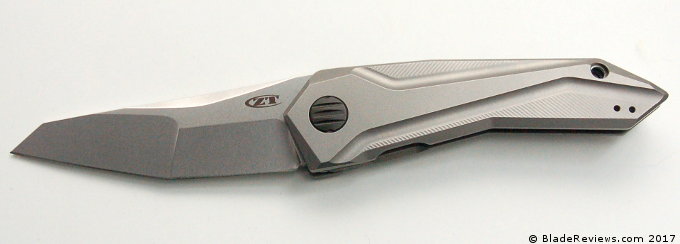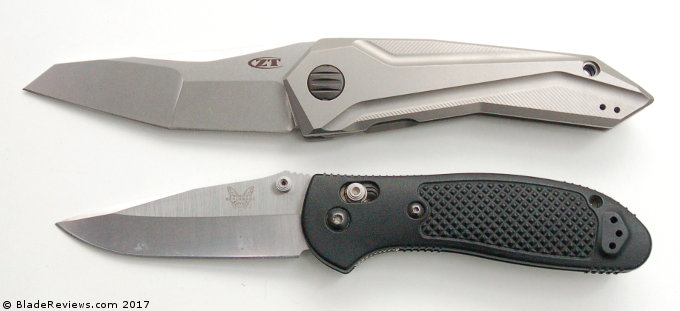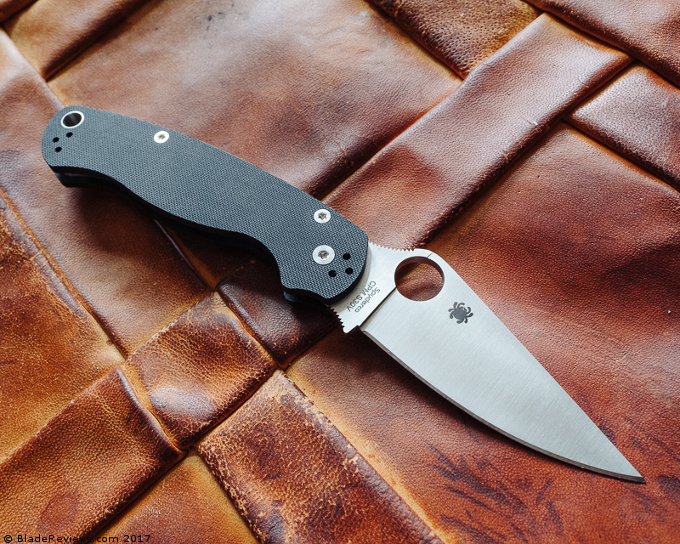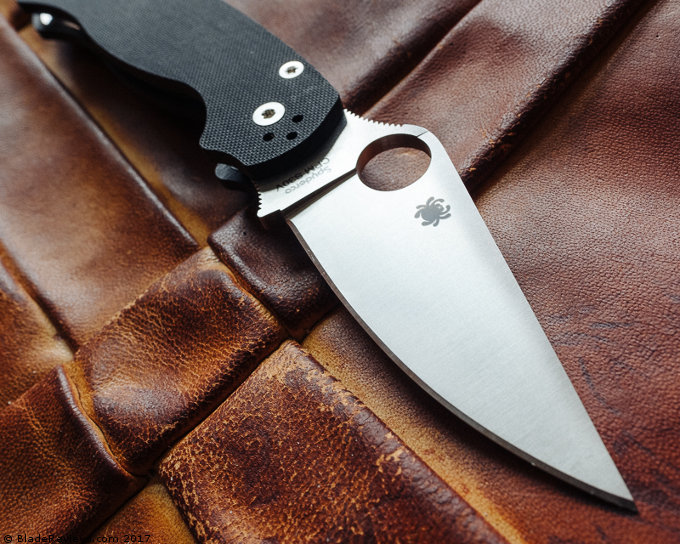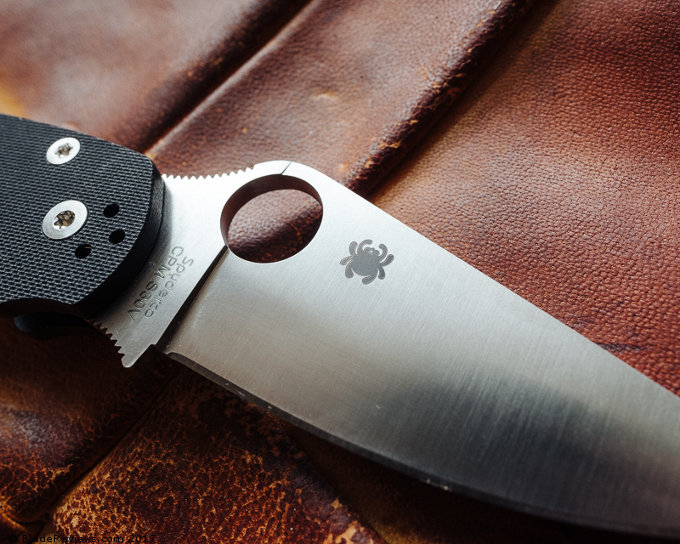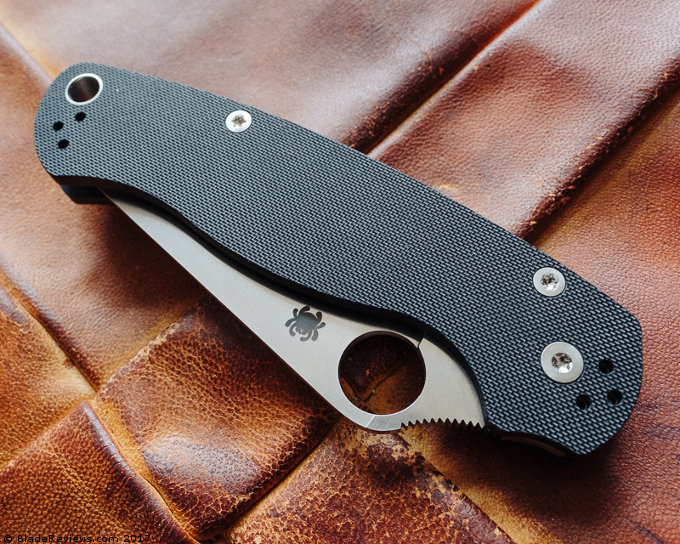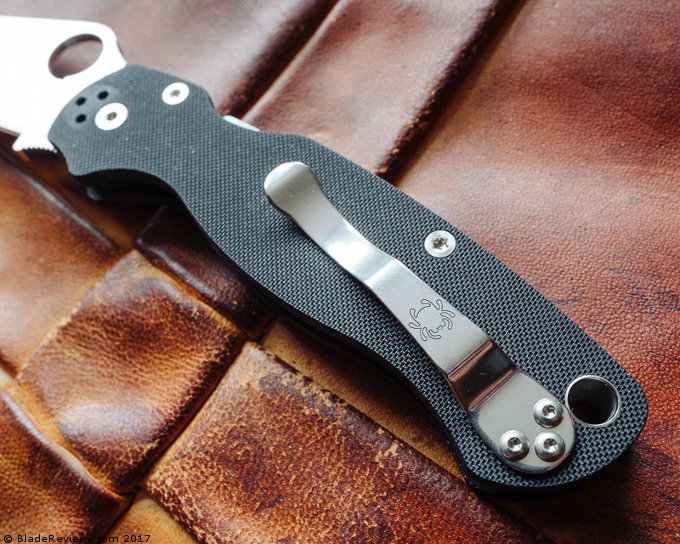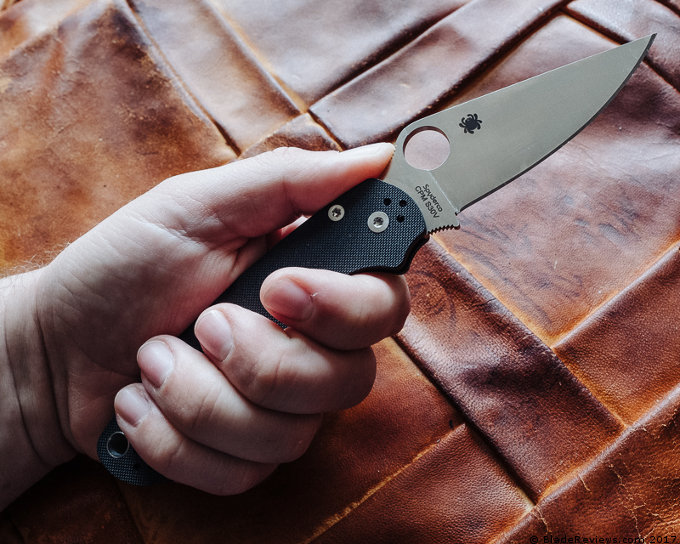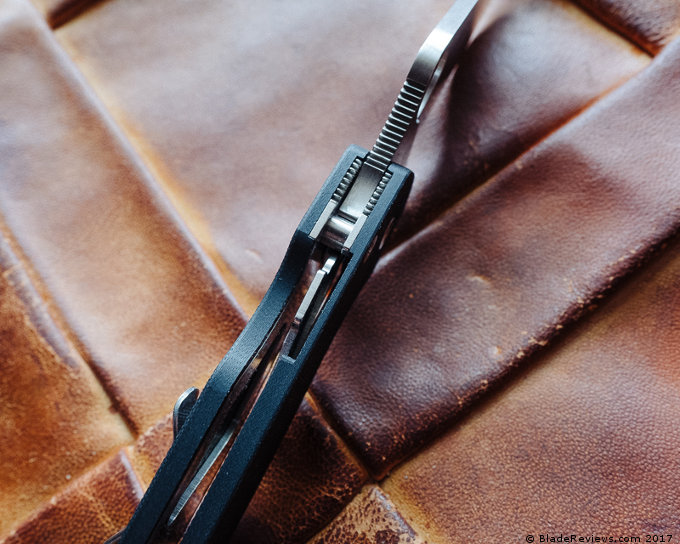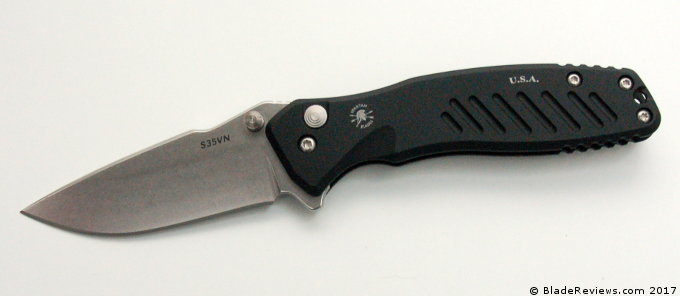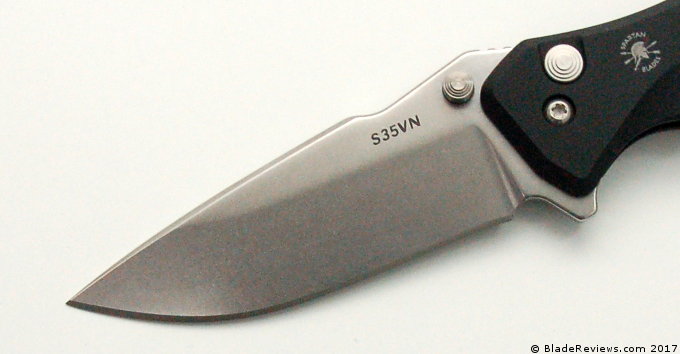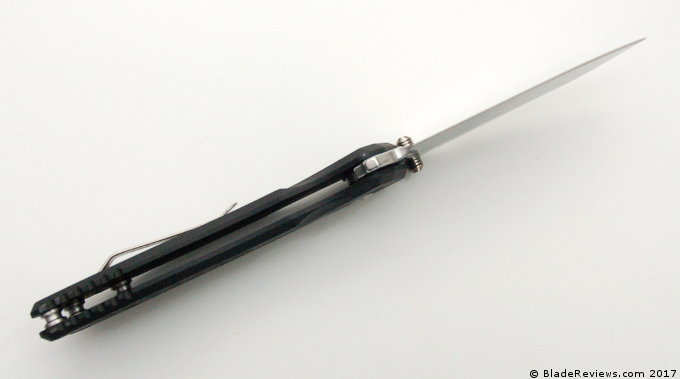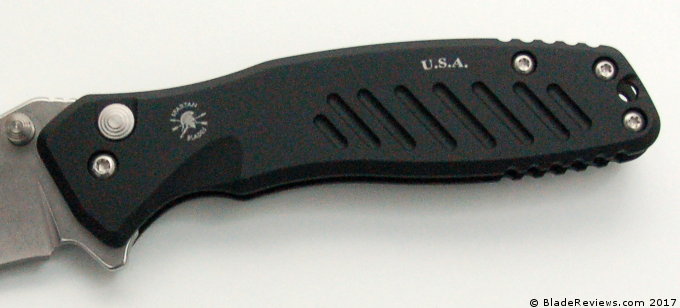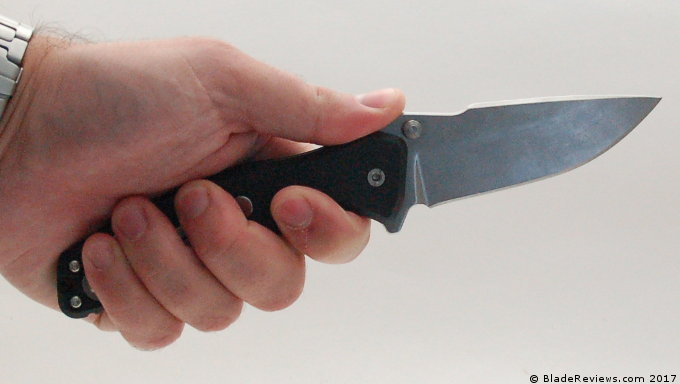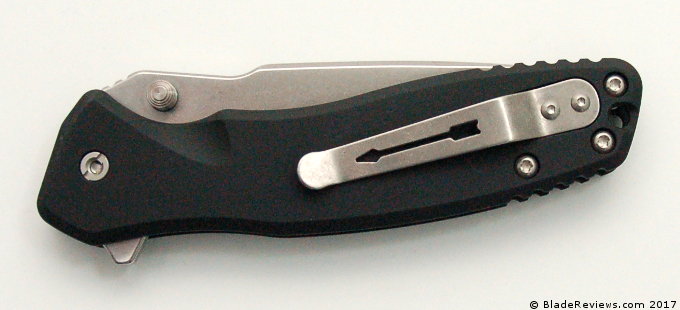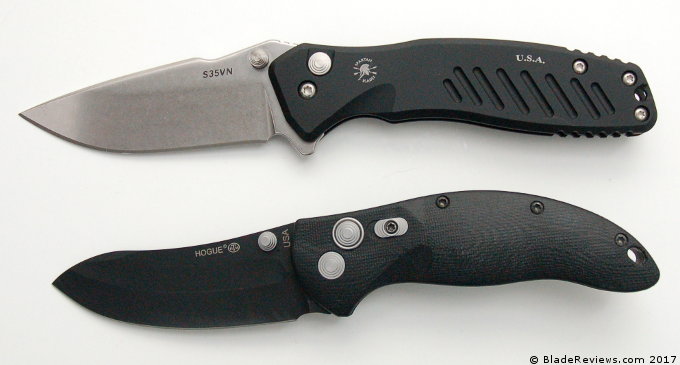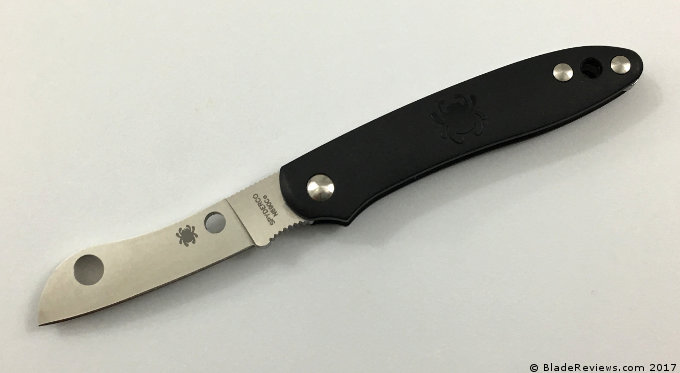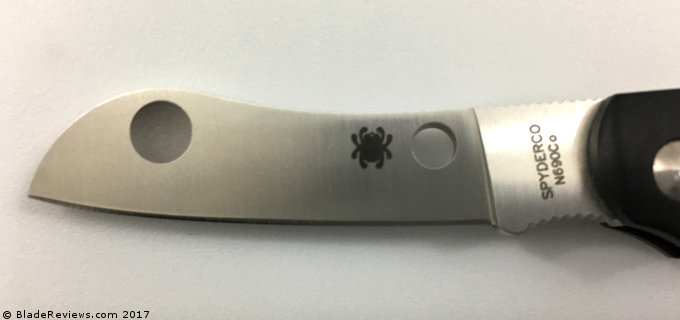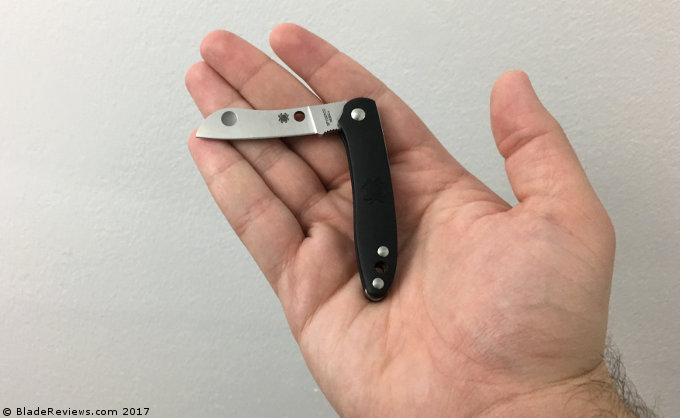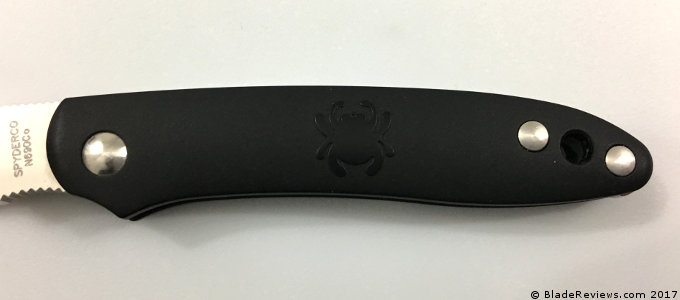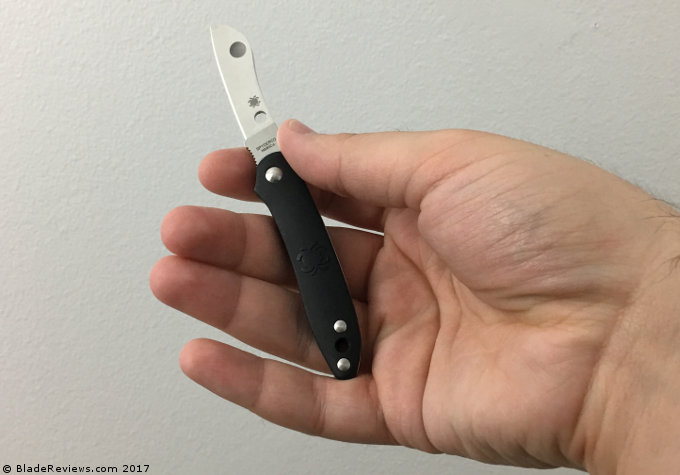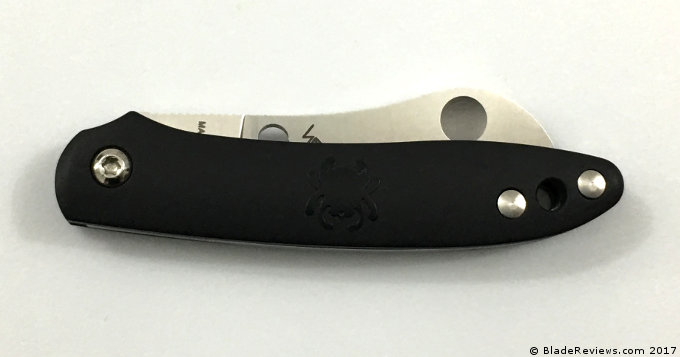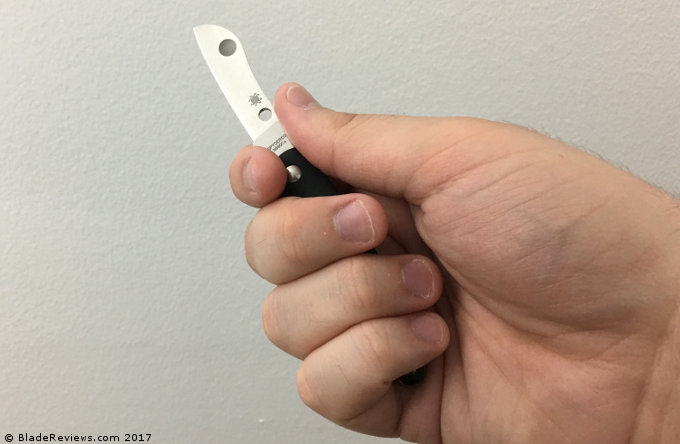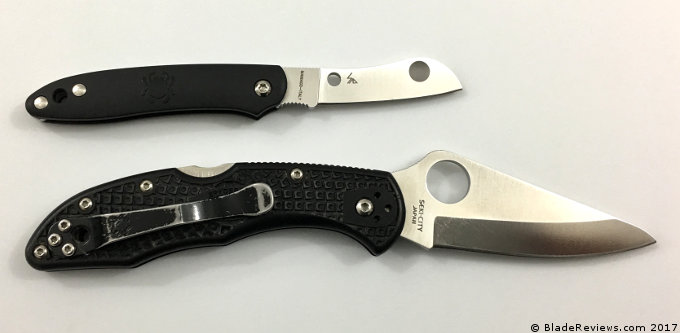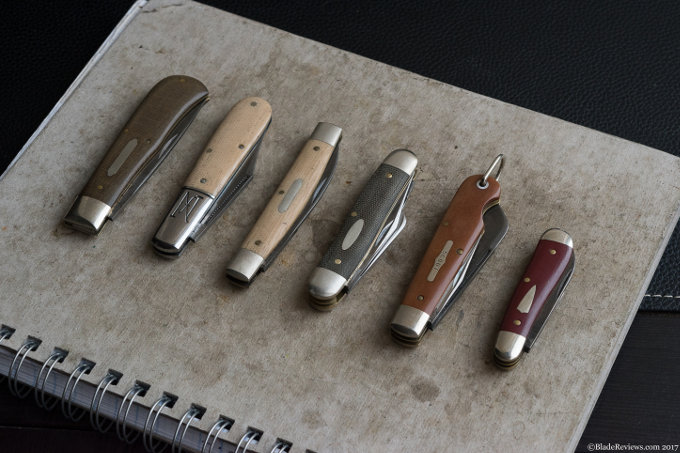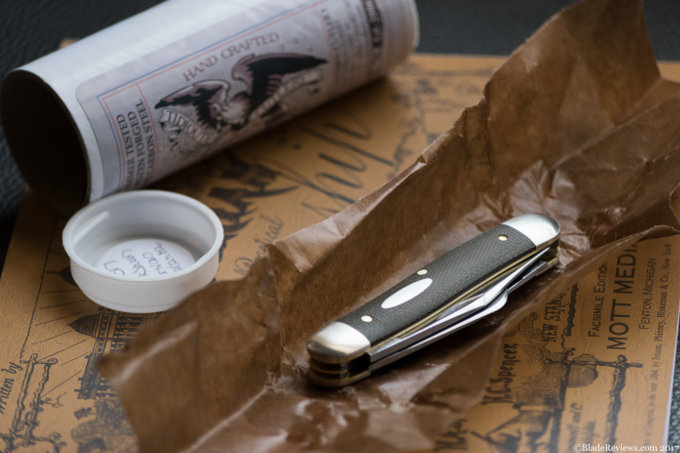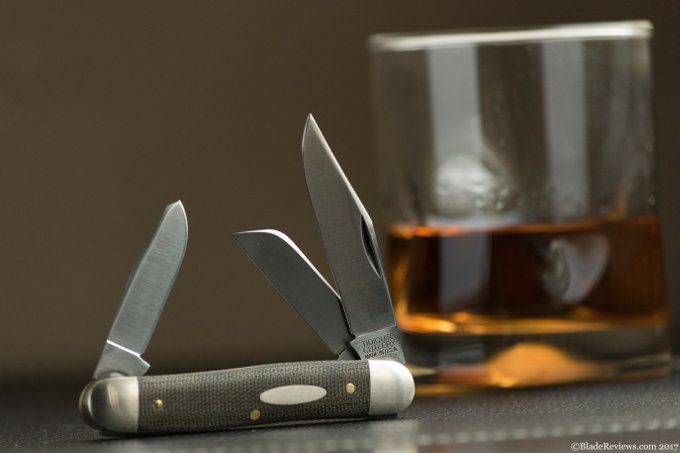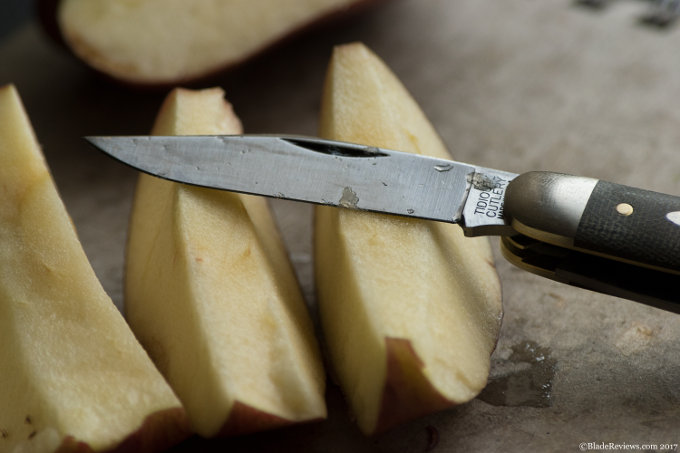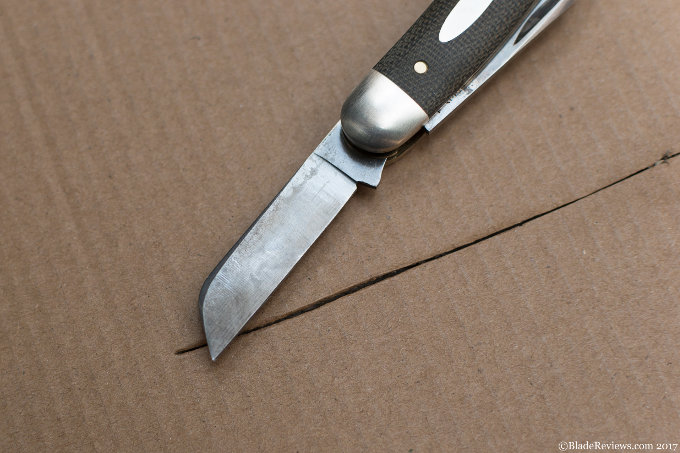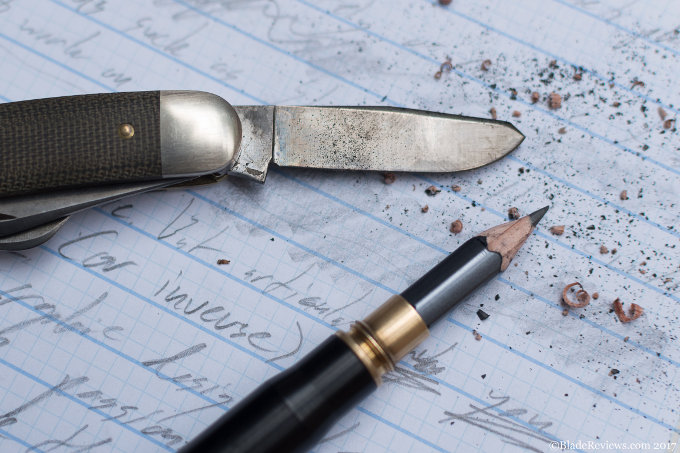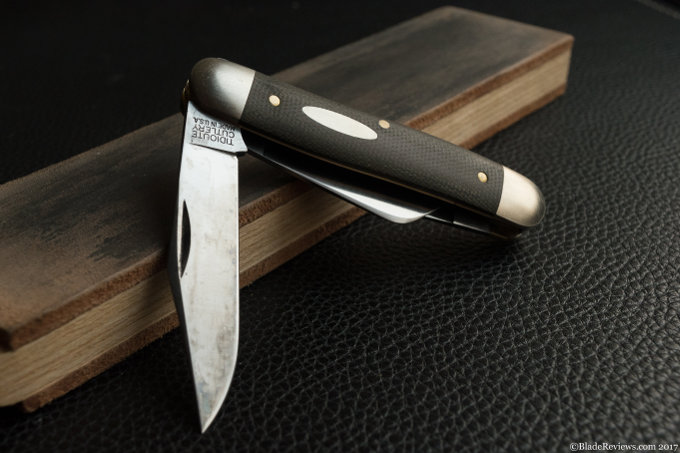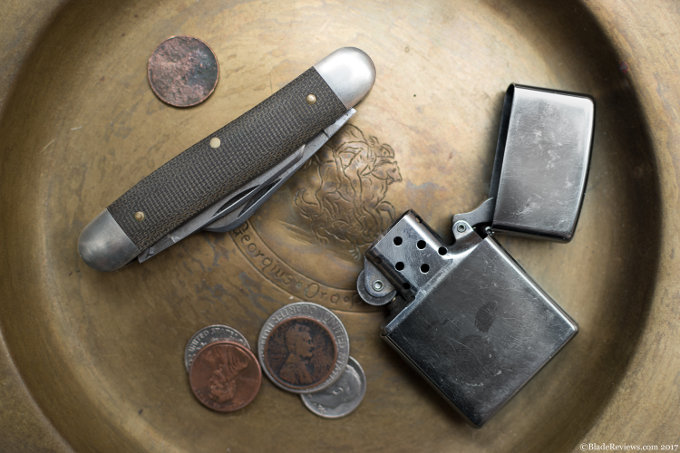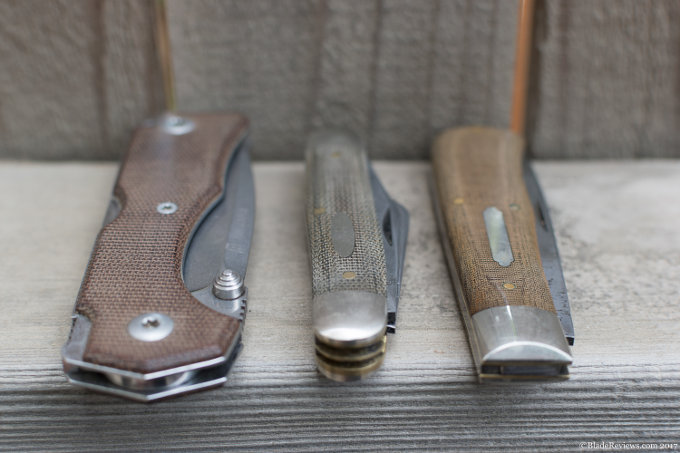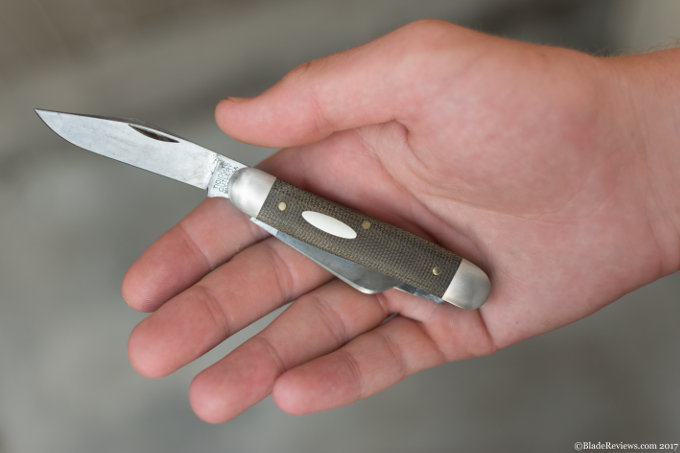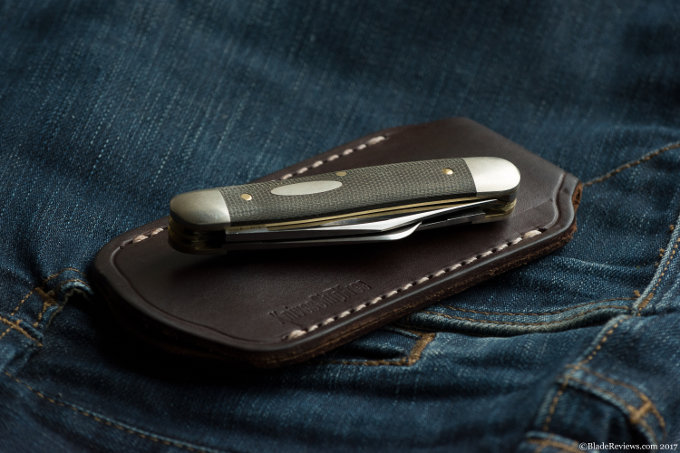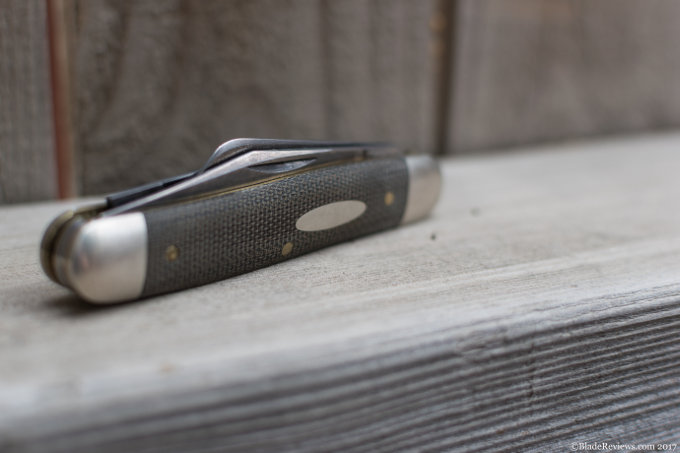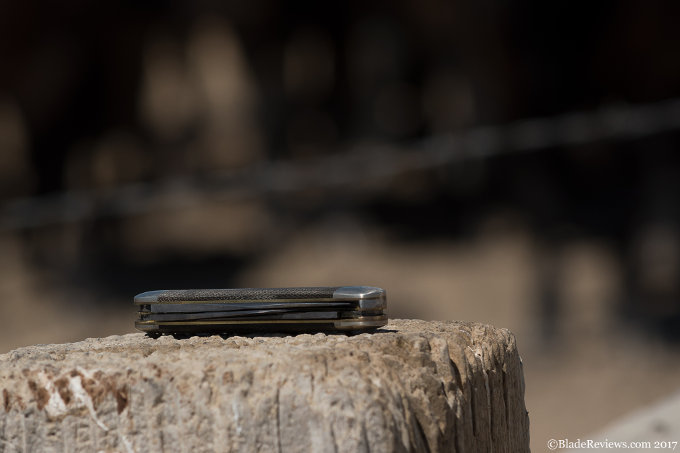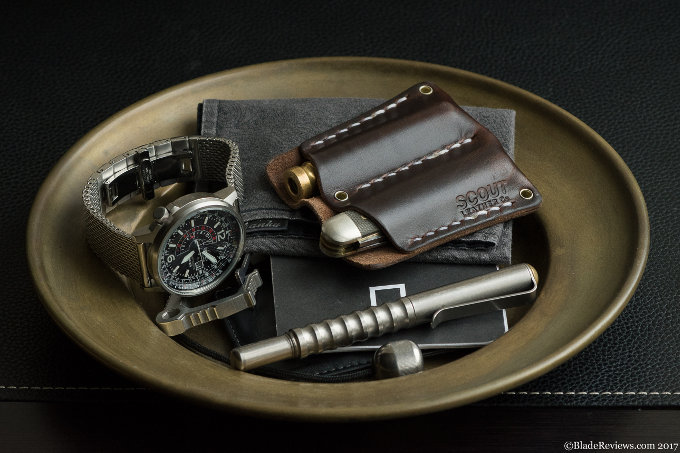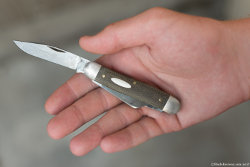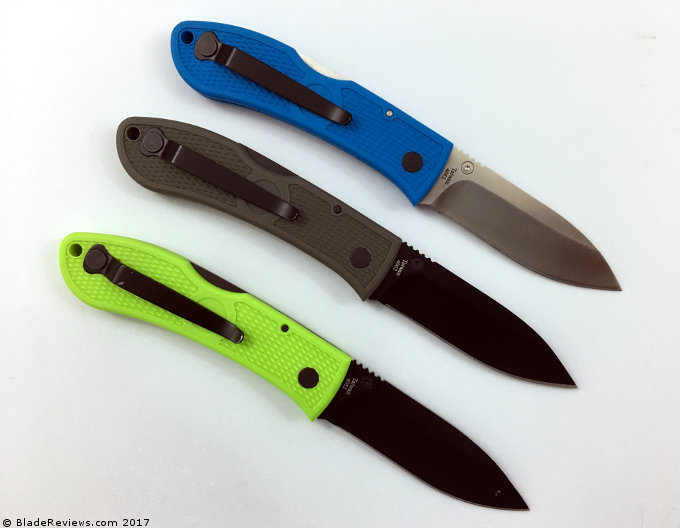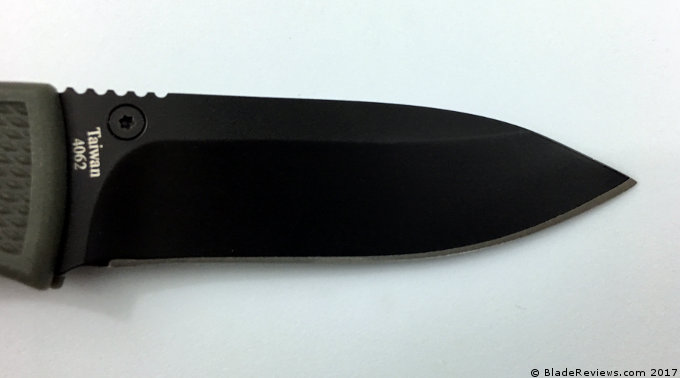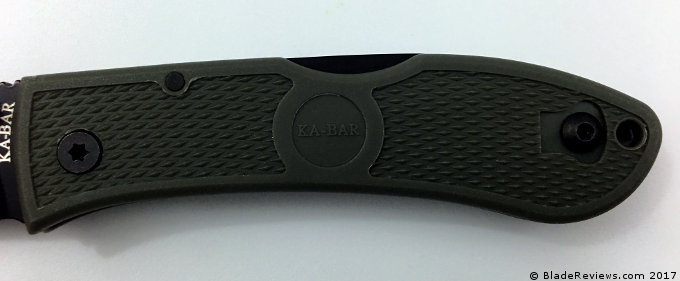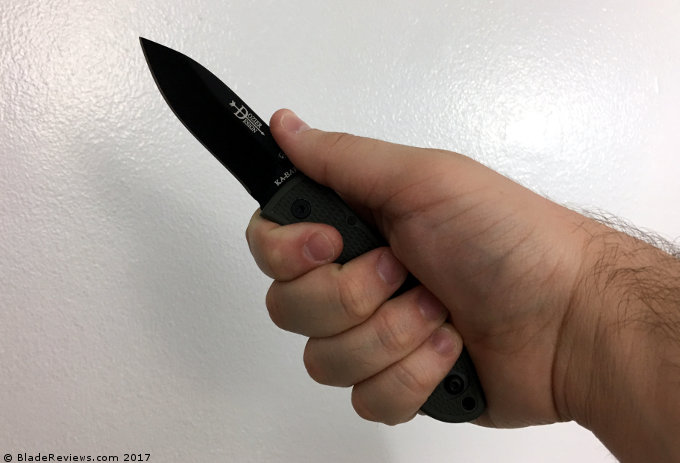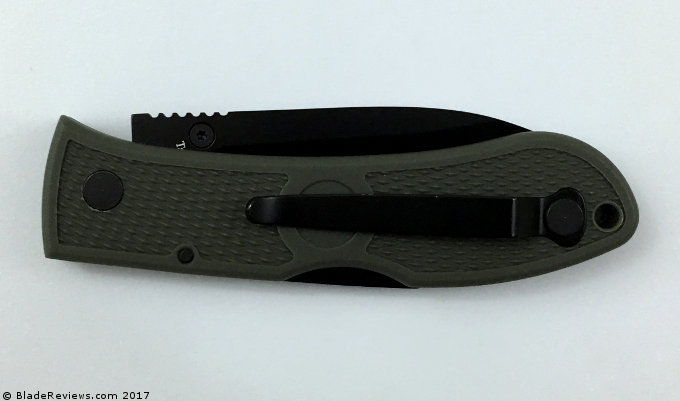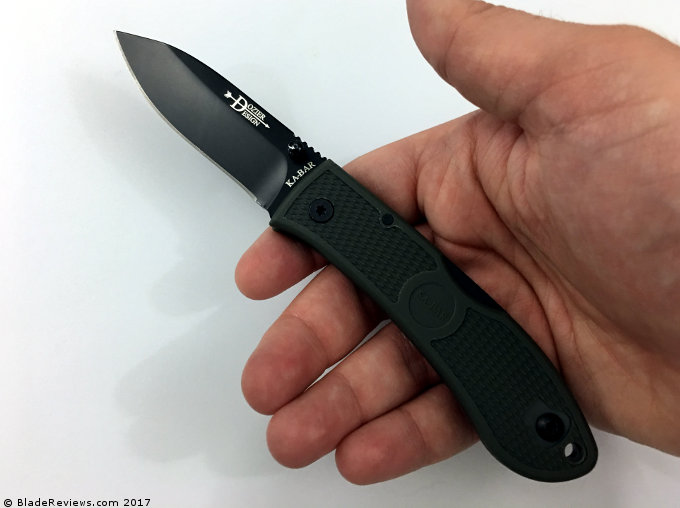Continuing on with my recent interest in reviewing unusual knives, the Zero Tolerance 0055 caught my eye for obvious reasons. This is an unusual looking knife. Designed by acclaimed Brazilian custom knifemaker Gustavo Cecchini of GTC Knives, the 0055 is a collaboration fusing the practical with the fantastical.
No products found.
I think right off the bat, to even consider buying a 0055 you need to be willing to make some compromises. This knife is not going to work like a “normal” regularly ground drop point. If you are buying a knife to replace your well worn Griptilian or Para 2, then you will want to look elsewhere for that foundation piece for your collection. The 0055 is further out there, for those seeking something different at the expense of pure practicality. It’s not a knife for the masses. With that caveat out of the way lets explore this unique offering from Zero Tolerance.
General Dimensions and Blade Details
The 0055 has an overall length of 8.75″, a 3.75″ blade, weighs 5.0 ounces, and is made in the USA. Despite being a larger knife, the 0055 feels agile for its size. It’s relatively thin, relatively light, and has a narrow profile. You can EDC it, but I’m not sure it’s something you will be able to easily use in public. It may be mistaken for a piece of Klingon hardware before being recognized as a utility knife.
The blade is what I would describe as a modified reverse tanto. You don’t see many reverse tantos, the most famous of which is found on the Benchmade 940. Still, it can be a practical shape, marrying the utility of a drop point with the reinforced tip of a tanto. Here, the profile is modified so that there is no belly, almost an abstraction of an American tanto blade. Adding to the intrigue is a compound grind.
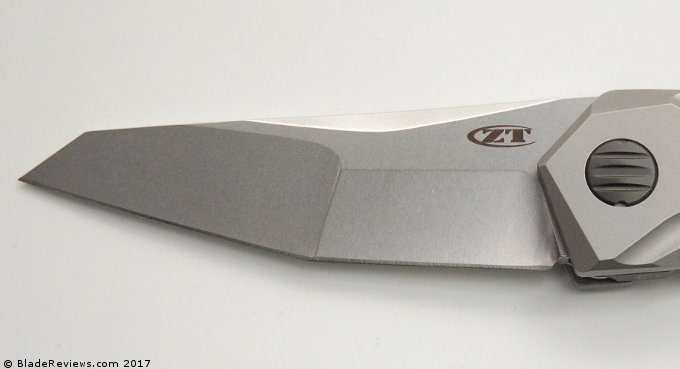
My immediate reaction to the 0055’s blade was mild confusion, quickly met by acceptance for what it is. You have to suspend convention a bit to get into the spirit of this knife. It’s different. Otherwise there is no point to even considering the 0055.
The blade is no doubt configured to fit into the equally angular handle. The compound grind is odd in that the thinner grind is towards the tip. That seems a little backwards, as generally speaking I think you would want a thinner grind towards the handle for detailed cuts, and for chores like cutting food and rope, but the thin tip section is good for cutting up cardboard boxes, although it can be difficult to orient this knife properly with your cutting medium due to the non-traditional blade shape.
I will say that execution of the blade is nice. The grinds are even and precise. The edge has been nicely applied. The blade itself has been given an almost matte stonewashed finish. The quality is everything you would expect from Zero Tolerance.
ZT decided on S35VN for the blade steel. S35VN is a fine choice for any higher end folder. I continue to appreciate the combination of easy sharpening, edge retention, and stain resistance that S35VN offers. It’s a fine steel and a worthy upgrade over it’s predecessor S30V.
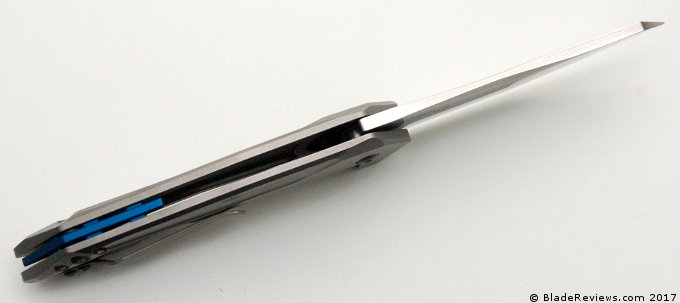
Having absolutely no belly to speak of, the 0055 is challenging to sharpen, especially if you want to maintain the crisp transition between the compound grind. This “inflection point” can get rounded over if you aren’t careful or decide to sharpen this on a rod sharpener like the Sharpmaker. You have to treat this like 2 separate edges to maintain the character of the factory blade, or otherwise you will slowly round this transition over like a rock in a stream.
And ironically it’s not always easy to evenly sharpen a straight edge. It takes some care. The 0055 is not a knife for novice sharpeners, and wouldn’t be my first choice for a field knife.
Handle, Ergonomics, and Pocket Clip
The handle of the 0055 is technically rich. The outer surface of the titanium handles has been intricately machined. Inside ZT has milled out the pockets to lighten the knife further. A decorative pivot and elegant blue floating backspacer holds everything together. The technical precision of Zero Tolerance is on full display here, and it’s that ability to execute that makes their products so consistently good. This handle is no exception. Everything is dialed in, from the finish on the titanium to the black hardware. There is not an errant machining mark, or jutting screw on this knife. Everything feels purposeful and controlled.
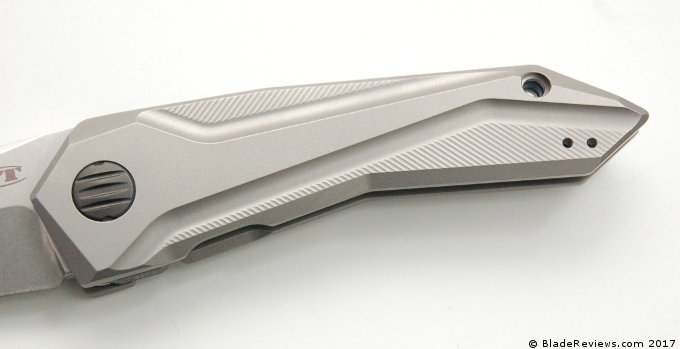
The quality is unquestionable, so the real test is how you feel about the design. I happen to like it. The coffin shaped handle encapsulates the closed blade. It’s different, but cohesive. Gus Cecchini is a world renown knife designer, and his talents are apparent.
Surprisingly, the 0055 feels natural in your hand. That angular handle design doesn’t look particularly comfortable, but it subtly cradles the palm of your hand, while your thumb naturally finds its way to the spine of the blade. Although the handle looks complicated, the lines of the handle are actually simple. What is odd about the 0055 is the placement of the edge. The edge pulls away from you, so depending on the task you may find yourself re-orienting the knife towards the cutting media. Not the most practical configuration, nor is it my favorite, but the 0055 is still capable of getting work done if you are up for the task.
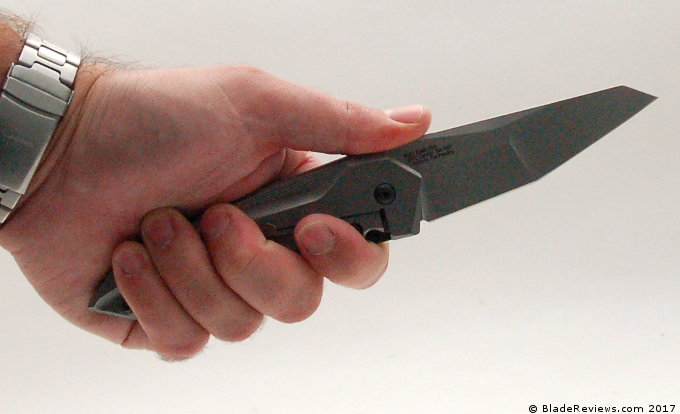
The pocket clip could have been an opportunity to really go off the deep end. Instead Gus and ZT went with a relatively simple spring clip. The shape is non-traditional, but not so far off the reservation that it becomes goofy. It also doesn’t have the typical “ZERO TOLERANCE” billboard, which is a welcome departure. The end result is a clip that compliments the knife, but isn’t remarkable.
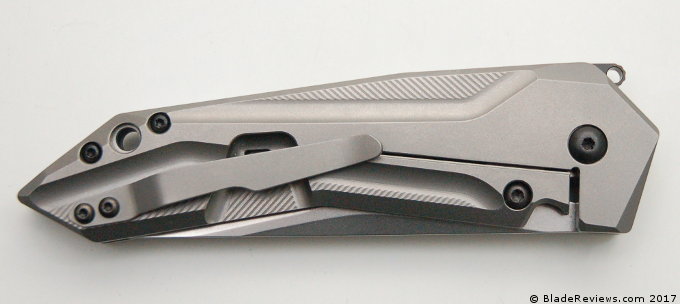
The 0055 caries well for a larger knife. Again, ZT has taken steps to keep the weight down, and it’s a relatively thin design. While this isn’t a deep carry clip, the knife carries unobtrusively. The only issue is that the framelock relief is right next to where the clip meets the handle, and I have found that the fabric of your pocket tends to bind up and get caught in the framelock relief. Not a deal breaker, and you could always swap the clip to the show side, but it’s worth noting.
Deployment and Lockup
A part of what makes the 0055 unique to the production knife world is the use of Gus Cecchini’s Spring Loaded Tab (SLT) system. The SLT is a spring loaded flipper tab, which is used to open this manual flipper. You pull back on the tab lightly expose it, and then pull back with full force to release the blade like a typical flipper.
I have found that the SLT system works great. At least in the short term. It successfully opens up the knife, is fun to use, stays out of the way a little better then a traditional flipper, and it doesn’t spoil the lines of the knife as much as a traditional flipper.
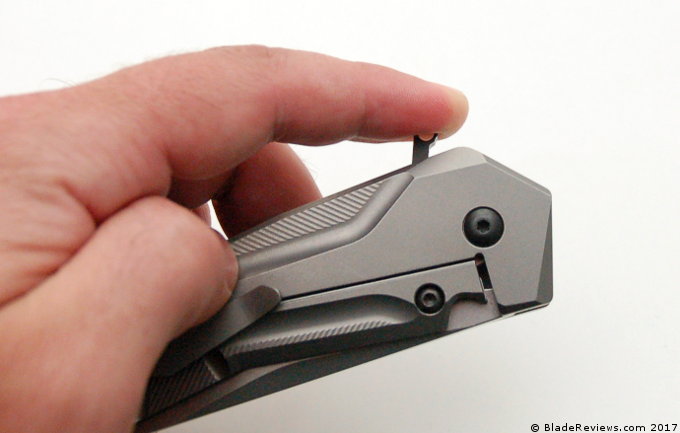
The biggest con to the SLT system is that it’s more complicated then a regular flipper tab. Part of the beauty of a flipper is the simplicity. The SLT system is definitely an example of over engineering. It’s just like developing a special pressurized pen to write in space, when you can easily accomplish the same task with a pencil.
Personally I enjoy the novelty of the SLT system on this knife. When it comes to man’s oldest tool, it has become increasingly tough to innovate. Here Gus has managed to create something different. Even if it lacks the elegance of a standard flipper, it has at least been nicely executed and it’s fully functional. The knife flips great, thanks in part to a robust detent and a smooth caged bearing system. I’d rate it a solid “8” on a 1-10 scale. While I wouldn’t want the SLT system on every knife, it is a big part of what made the 0055 interesting to me.
Here is a parting shot of the 0055 next to my Griptilian:
For lockup we have a titanium frame lock with a steel lock bar insert. Just like on every other Zero Tolerance framelock I have reviewed, the lock has been beautifully executed. It’s rock solid and there is no blade play or lockbar stick at all. This continues to be something of a gold standard in framelock knives.
Zero Tolerance 0055 Review – Final Thoughts
The 0055 is a knife you will either connect with or dismiss, and it may take a while to grow on you. I happen to enjoy this funky design thanks in large part to Zero Tolerance’s brilliant execution. I think a lesser manufacturer would have a hell of a time getting away with a design like the 0055. Here the knife has been so finely tuned, that I couldn’t help but appreciate it.
The 0055 is not a knife for a 1 knife collection. Hell, I don’t think it’s a knife for a 10 knife collection. The 0055 is a knife for fans of Gus Cecchini and his work, or fans of unique designs. If your collection is crowded with the work of designers like G&G Hawk, and Serge Pachenko, then the 0055 could be right up your alley. But if you are looking for a more traditional Zero Tolerance folder, then I have to recommend something like the ZT 0562.
If the 0055 intrigues you, then I recommend checking it out. I have enjoyed owning mine, and appreciate it for it’s non-traditional nature. However, if you are considering this as your only premium pocket knife, then I’d suggest looking elsewhere.
No products found.
I recommend purchasing the Zero Tolerance 0055 at BladeHQ or Amazon.
